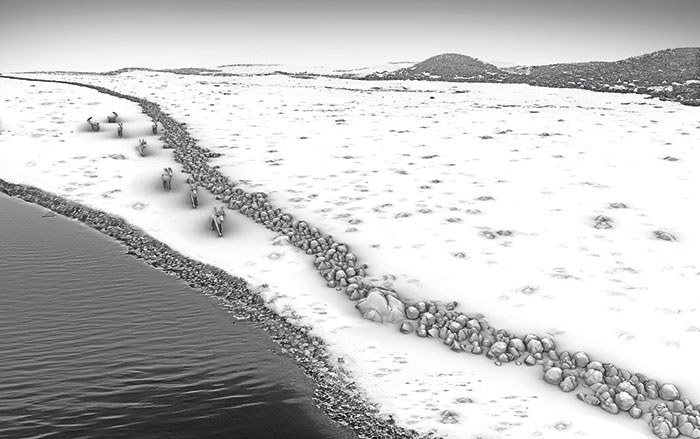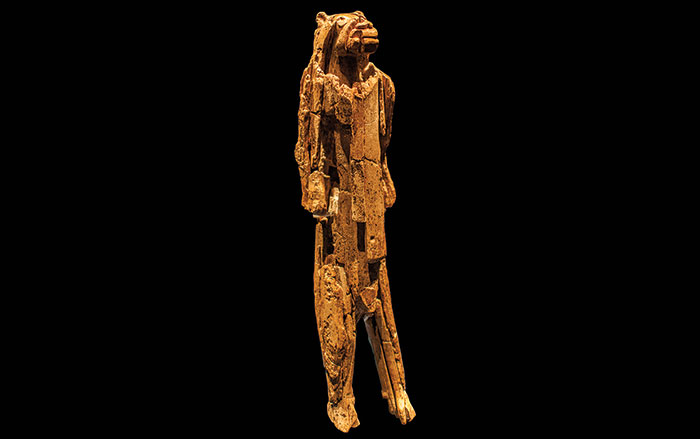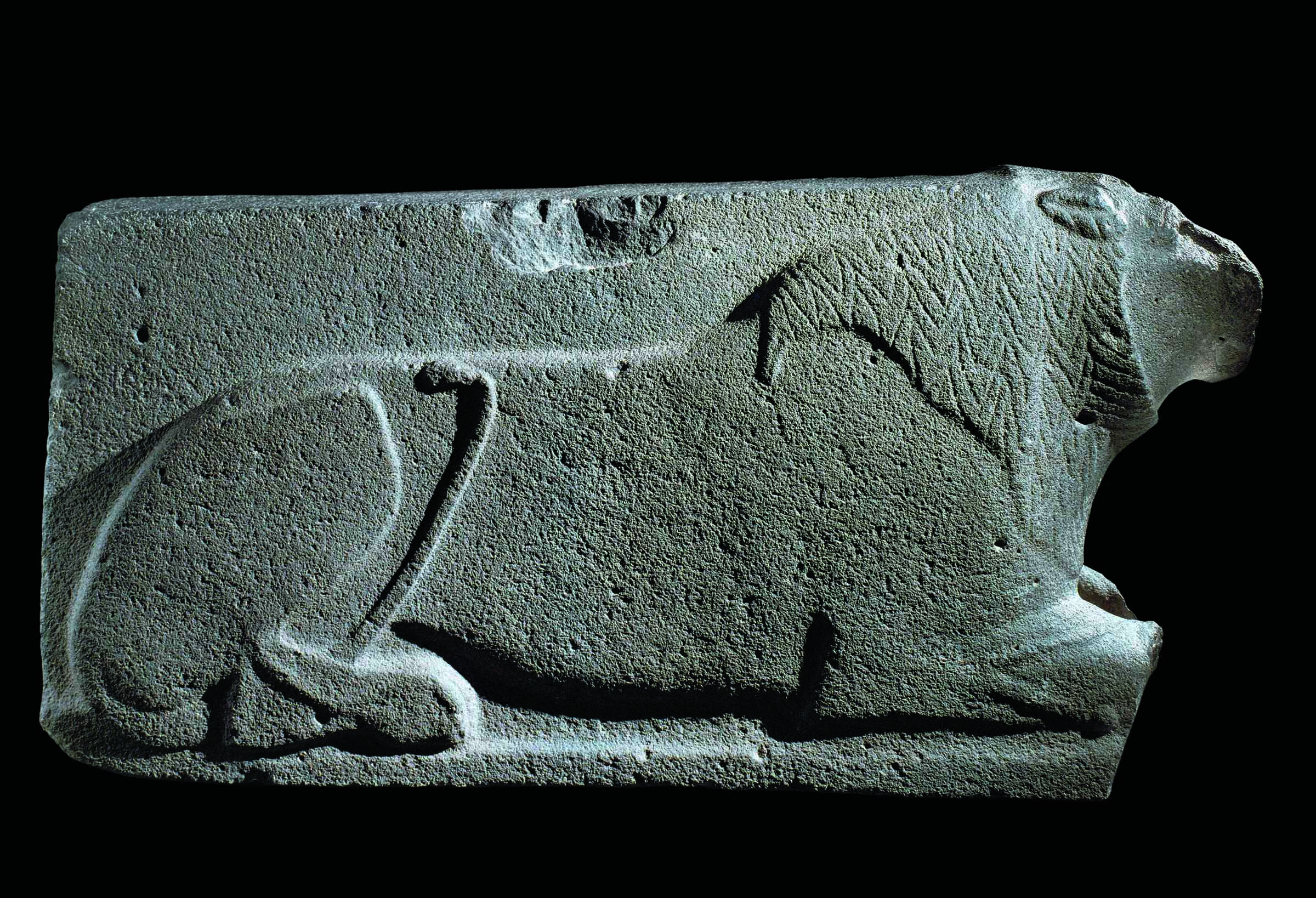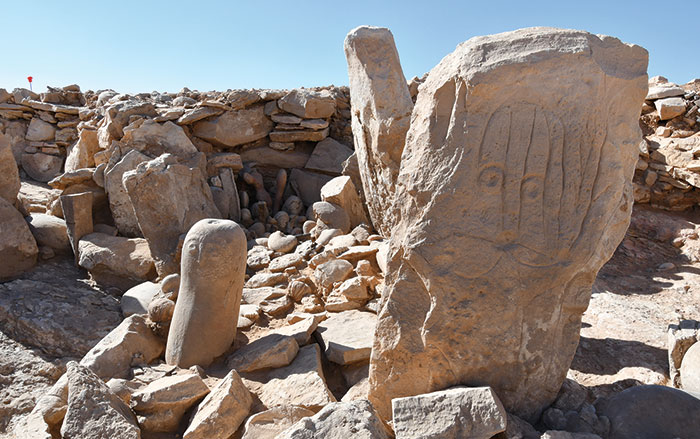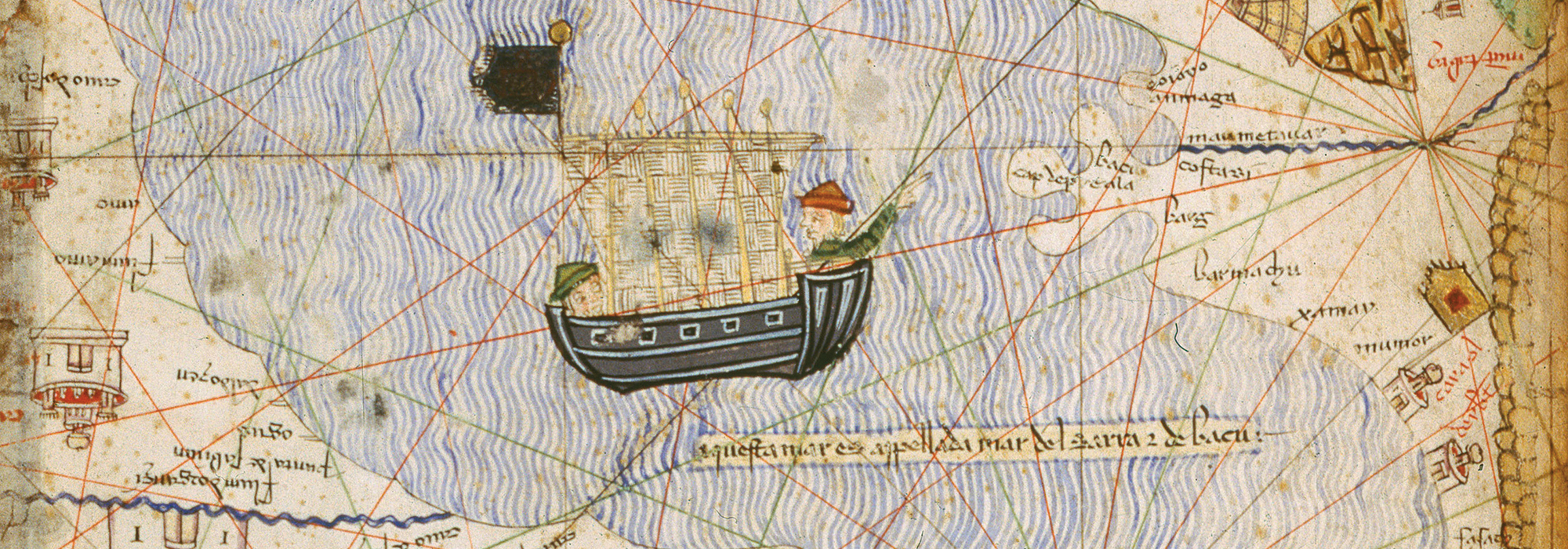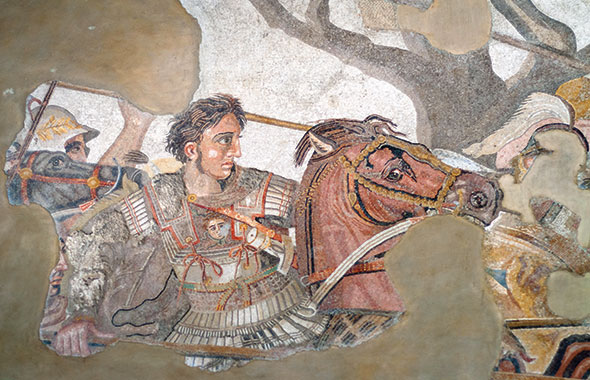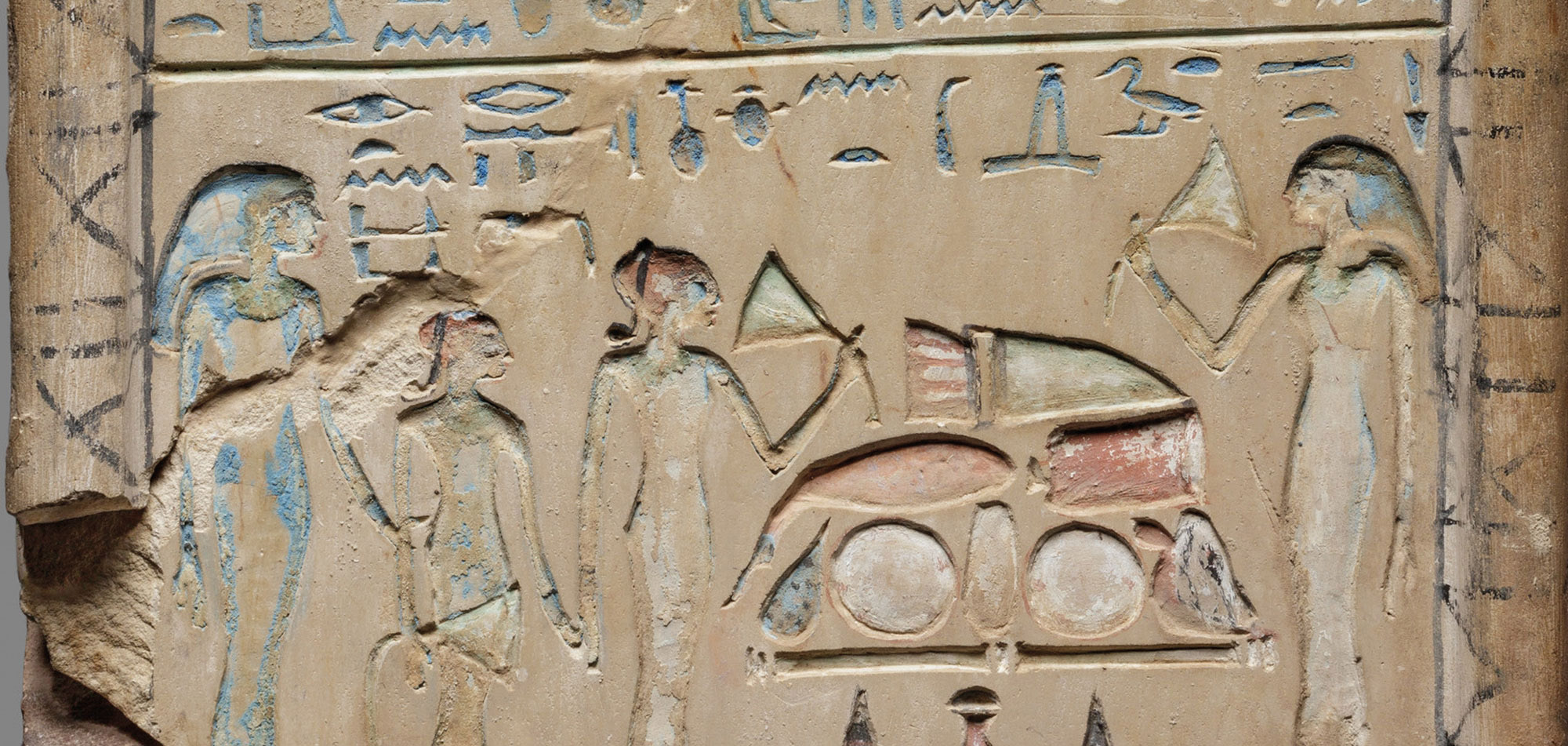
KENT, OHIO—A new study suggests that Clovis spear points may have been used for butchering as well as hunting big game, according to a Phys.org report. Clovis points and tools, dated to between 13,500 and 12,800 years ago, were first identified at a site near Clovis, New Mexico. A team of researchers led by Metin I. Eren of Kent State University and the Cleveland Museum of Natural History asked five modern hunters to use large, hand-held stone flakes and replica Clovis points mounted on wooden handles to process a full-grown bison. The hunters were able to butcher the animal in three hours and 10 minutes, and reported that the Clovis points worked more efficiently than the stone flakes. In fact, four of the hunters cut themselves using the hand-held stone flakes, while no injuries occurred using the Clovis points affixed to handles. The hunters did note, however, that the Clovis points had to be sharpened often and that they broke more easily than the hand-held flakes. Read the original scholarly article about this research in Journal of Archaeological Science: Reports. For more on Clovis points, go to "Destination: The Americas."


